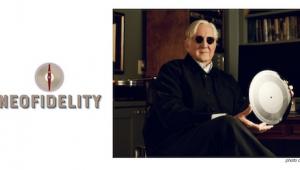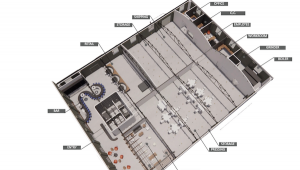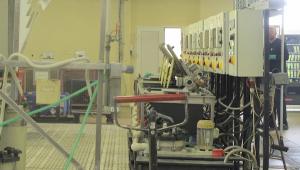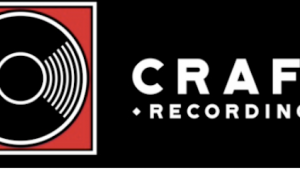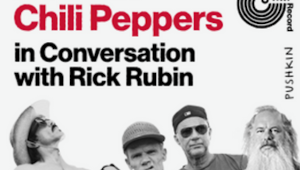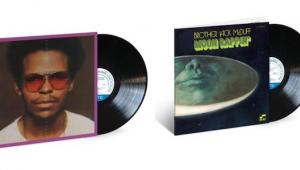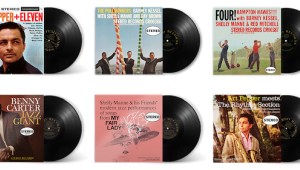Approximately 73,985,000 Records Pressed Worldwide in 2014 So How Can 9.2 Million Sold Be Correct? (Updated 5/4/15)

The graphic above is incorrect but based upon projections for 2014. Nielsen/Soundscan reported recently that 9.2 million vinyl records were sold in 2014—a whopping 54% increase over 2013.
How can that number be close to correct when my research says that in 2014 approximately 73,985,000 (yes SEVENTY THREE MILLION NINE HUNDRED AND EIGHTY FIVE THOUSAND) records were pressed?
How did I arrive at my numbers? For most of the world's largest pressing plants I got confidential numbers directly from the pressing plants.
Three pressing plants alone pressed in 2014 approximately THIRTY FIVE MILLION RECORDS. And that doesn't include United Record Pressing, Nashville, which refuses to respond to emails. While some companies responded that they'd rather not reveal numbers, United doesn't respond at all.
Why? Because they are babies who can't take criticism when they press bad records, and ignore the positive press given on this site when they press good ones. I added 9,360,000 records pressed by United based upon a 2014 Billboard story stating that URP presses 30,000-40,000 records a day, six days a week. I multiplied by 30K not 40K.
Some of the numbers I was given mix 7" singles with LPs so based upon the mix of presses that I was able to research, I adjusted the numbers downward. Where I was able to only get approximate numbers (based upon an industry spread sheet that I was able to obtain that consistently underreported numbers where I was able to get actual numbers), I purposely decreased the numbers, preferring to understate rather than overstate the totals.
As I reported recently, Stoughton Press shipped Jack White's Third Man Records 170,000 Lazaretto jackets, yet Soundscan/Nielsen insists only approximately 86,000 copies were sold in 2014. Does that mean Jack White is a "jacket hoarder"? I doubt it. Nor does the huge disparity in pressed and sold records mean that labels are "vinyl hoarders".
Quite the opposite in fact! Labels aim to keep inventory low so order only what they think they can sell in a reasonable period of time. We know that every record pressed isn't immediately or even within a year sold at retail.
Nonetheless, the gigantic disparity between the approximately 73,000,000 records pressed and the 9.2 million reported to have been sold by Nielsen/Soundscan needs to be examined, especially when three pressing plants alone claim to have pressed more records in 2014 than Nielsen/Soundscan reported were sold in 2014.
Even if you slice off a percentage for 7" singles, the disparity is huge between pressed and reported sales. And one can argue 7" singles should be counted because they are vinyl and played on turntables and in some ways the singles resurgence is even more unlikely than the album resurgence. After all, iTunes is made for convenience and singles purchases and 7" singles are a genuine pain in the butt to play.
So even cutting the total in half means that approximately 37,000,000 records were pressed or more than four times the number S/N reported were sold last year.
Interestingly, the predicted totals this year from some of the pressing plants who supplied totals for 2013 were well in excess of those numbers and guess what? The numbers predicted for 2015 by the larger plants are greater yet!




